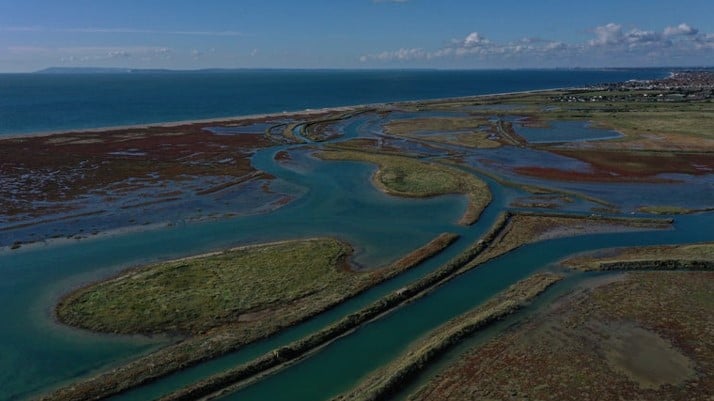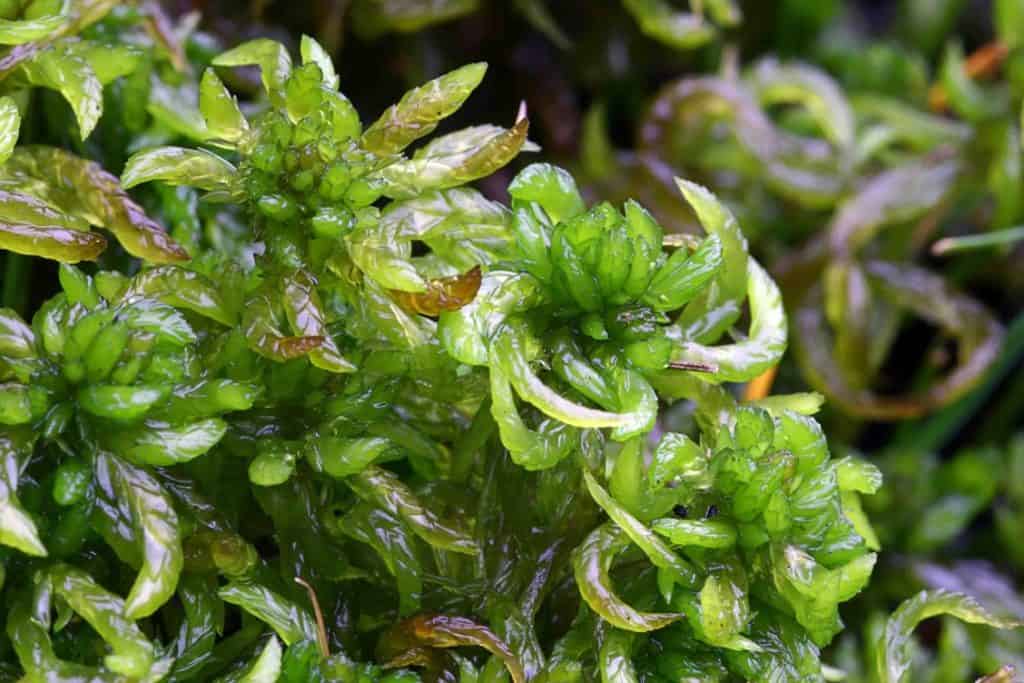There are many nature-based solutions to climate change that are being used or researched right now!
In this short video The British Ecological Society outlines the opportunity that nature-based solutions provide.
The British Ecological Society also has a series of 10-12 minute talks about nature-based solutions in different habitats. Click here to view the videos.
Nature-based solutions to climate change can include strategies to increase carbon sequestration (storing carbon). Habitats with the highest rates of carbon sequestration are peat bogs and fens, established woodlands, and saltmarshes. Open habitats such as heathlands and semi-natural grasslands store more carbon than modern agricultural landscapes but typically store less carbon than peatlands, saltmarsh and established woodlands.
Wetlands play an important role in protecting human settlements from floods, by acting as giant ‘sponges’, which store water during high rainfall. Upland peat bogs prevent water flow overwhelming rivers further down the catchment. Lowland wetlands are particularly important for protecting human settlements close to floodplains. Saltmarshes protect coastal communities. Take a look at the RSPB’s information sheet on natural flood management in action.
Cities and towns experience higher air temperatures than rural areas, known as the ‘Urban Heat Island’ effect. Trees cool urban areas by releasing water vapour, providing shade, and reflecting solar radiation. See the Forest Research’s factsheet on the role of trees and greenspaces in urban areas.
Use the links below to find out more about what’s happening in different parts of the UK.
- The National Trust have many projects that support nature-based solutions to climate change. Near Field Studies Council Nettlecombe Court the National Trust are helping with a riverlands floodplain reconnection at Porlock Vale. They are also supporting peatland restoration on Dartmoor, which is near another Field Studies Council location, Slapton Ley.
The National Trust are also helping to restore the intertidal habitat at Medmerry Nature Reserve, in West Sussex. Click on the image below find out more.

- The RSPB is another organisation supporting nature-based solutions to climate change, woodlands being one area they want to prioritise. Find out more in their woodlands story map.
- The Moors for the Future Partnership have found sphagnum moss (picture below) is a “superhero” when it comes to reducing flooding exacerbated by climate change. Click on the image below to find out more about how sphagnum moss has been used in the Peak District National Park.


